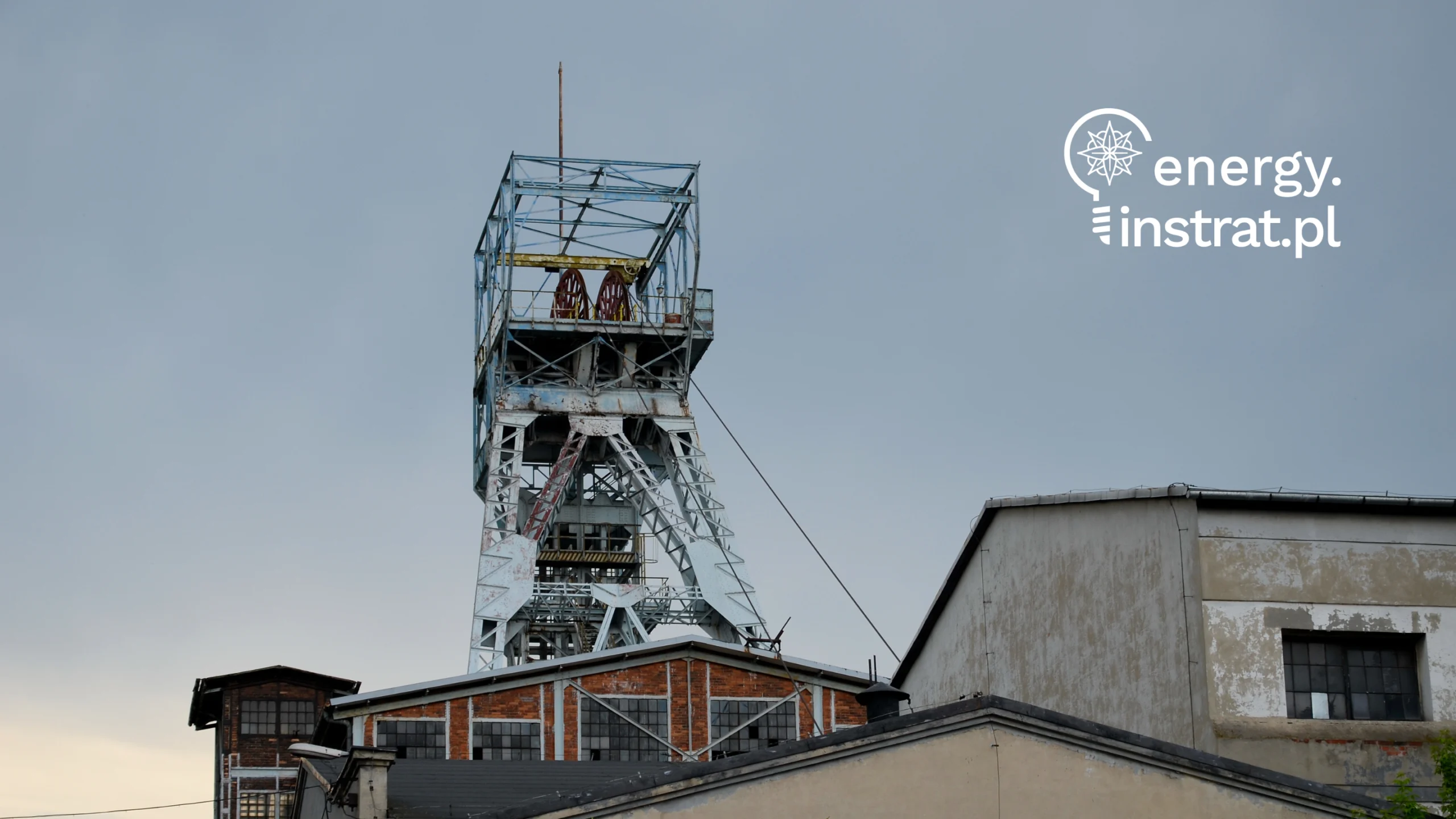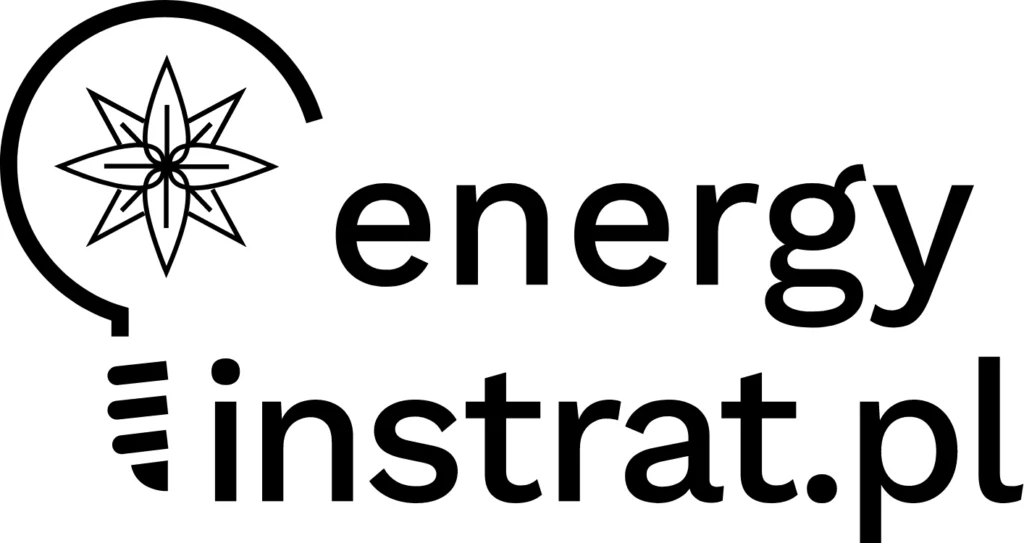The energy.instrat.pl team presents a new edition of the database on lignite and hard coal mines in Poland. This version marks a significant step forward, as we have focused on the development of comprehensive statistics and information on methane emissions from mines across the country. The fourth version allows, above all, easier use of the database itself and the possibility of obtaining more accurate data, which empower users with a deeper understanding of the mining landscape.

What’s new in the database?
One of the key innovations in the database is data on methane emissions from mines, sourced independently from – KOBiZE (The National Centre for Emissions Management) and WUG (State Mining Authority). These emissions are now categorized into ventilation emissions and those from methane drainage stations, with conversion between cubic meters and tons and methane drainage efficiency metrics added for convenience.
The database is now significantly more user-friendly, thanks to the introduction of two levels of granularity (whole mine data and individual deposit data). This has allowed the inclusion of new data, such as the methane emissions described above, and the removal of some problematic data that previously prevented filtering.
New columns are introduced for mine level data: establishment date, location, coal grade (steam coal vs coking coal), 2022 extraction of both steam and coking coal. For deposit level, there is new data as well: 2022 extraction of both steam and coking coal, permit number, deposit number, methane presence. All of this makes the database the perfect starting point for anyone wishing to explore the deposit and mine situation in more detail.
The new version of the database is the first developed according to the latest Instrat standard for spreadsheet databases. The new standard balances readability for both humans and programs. At first glance, the file does not differ significantly from the previous version, but it is full of minor enhancements in formatting and formulating metadata drawn from the best examples in this field.
The database remains available under the same link: DIRECT LINK TO THE FILE, which may always be found through energy.instrat.pl website: DATABASE AND GRAPHICS ON ENERGY.INSTRAT.PL. There, all of our infographics are gathered in an interactive form.
Key insights on methane emissions:
- After years of growth, methane emissions from mines in Poland have begun to decline since 2016. However, they still remain high relative to other European Union countries.
- KWK Sośnica (PGG) and ZG Brzeszcze (PKW) are the leading mines when it comes to methane intensity (amount of methane released per each tonne of coal extracted).Borynia-Zofiówka-Bzie emits the most methane in total.
- Data from WUG shows a methane drainage efficiency ranging from 6% (KWK Borynia-Zofiówka-Bzie, Ruch Bzie belonging to JSW) to 55% (ZG Brzeszcze belonging to PKW) for active coal mines, with an average of 39%. Methane emissions from drainage stations are easier to abate and methane recovery is often profitable.
Database of mines at energy.instrat.pl
Established in 2021, our database currently comprises 68 deposits across 43 organizational units within 34 mines across 12 companies. Each of these deposits produced at least 2 thousand tons of coal in one of the years between 2015 and 2022. We’ve encountered various challenges during the creation and development of the database, including differing organizational structures, inconsistent reporting, and data gaps. We’ve addressed these nuances in our “Metadata” tab to ensure transparency and accuracy.
Full contents of the database:
- Organizational and ownership structure of mines, down to single coal deposits
- Dates of establishment of mines and deposits, retirement, permit validity
- Type and grade of coal mined, its characteristics and reserves
- Coal production in the years 2015-2022, as reported to PIG and in company reports
- Total employment in the years 2016-2022
- Methane emissions in the years 2010-2021 (new, additional data source, division into ventilation and drainage station emissions, drainage efficiency)
- Locational data for mines and deposits, division into NUTS-3 regions
- Status of Territorial Just Transition Plans
- Administrative data – permit and deposit identification numbers
- Comments explaining mines’ activity and reorganizations
We believe that this work will be an important source of information for all those interested in the Polish mining industry, and will contribute to increasing the quality of data available to the public and greater awareness of it.
